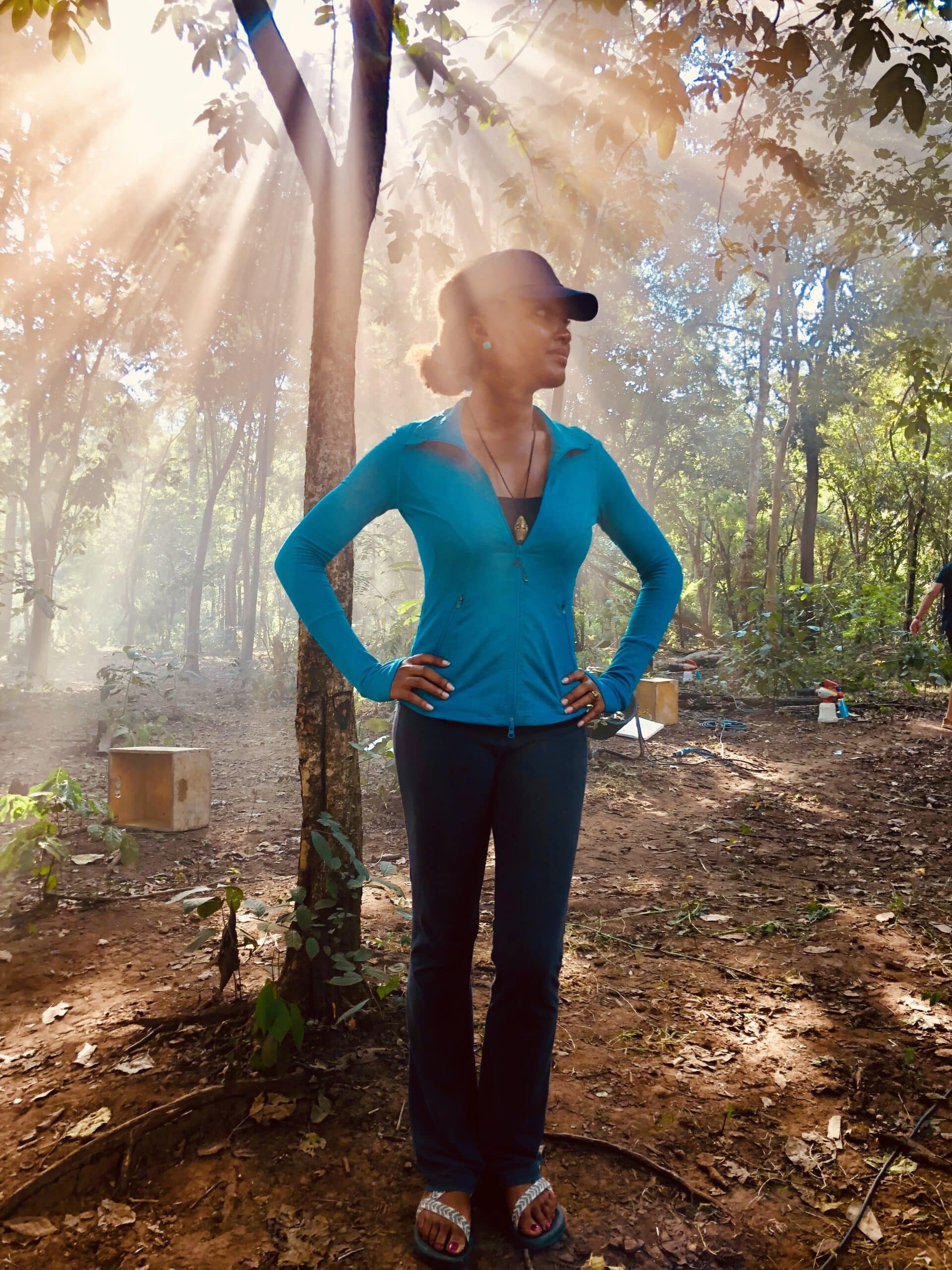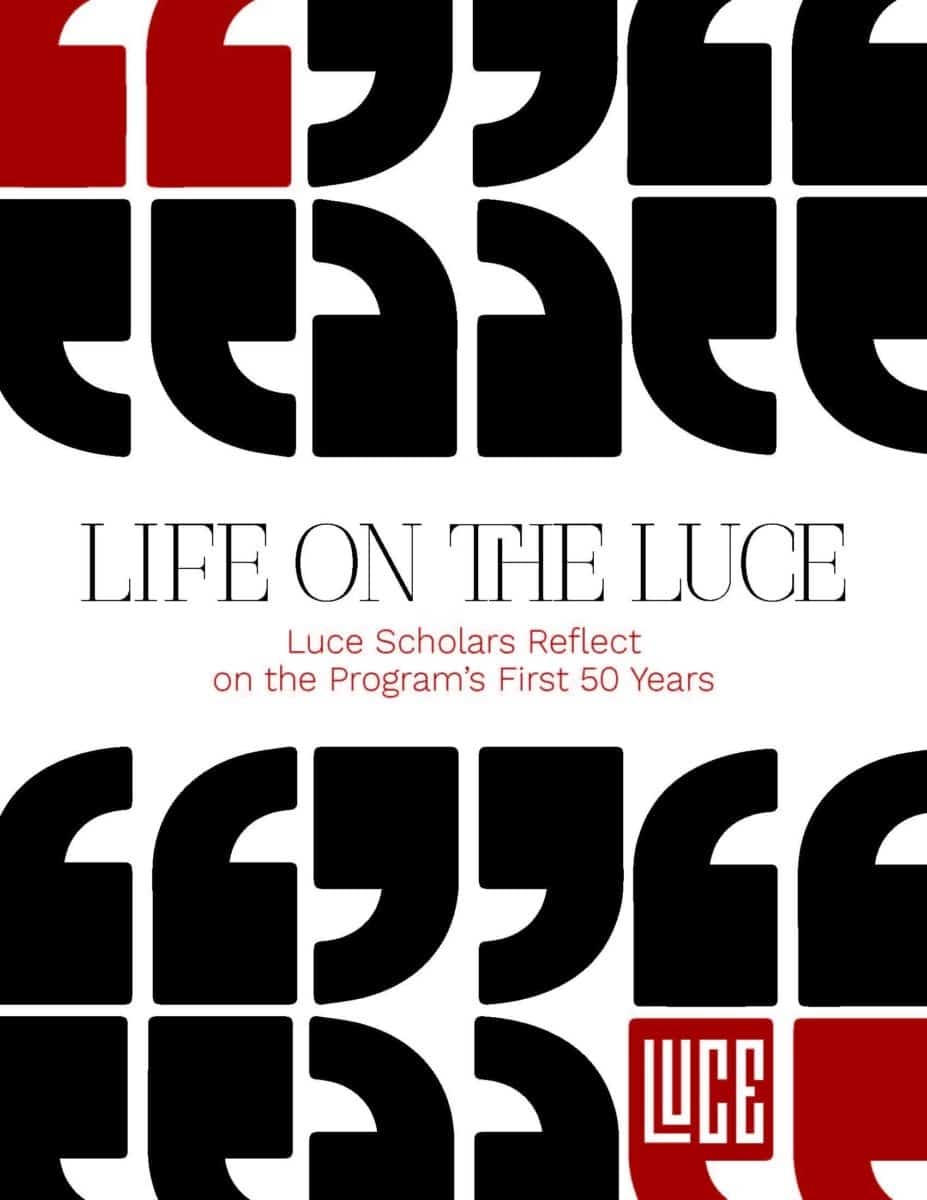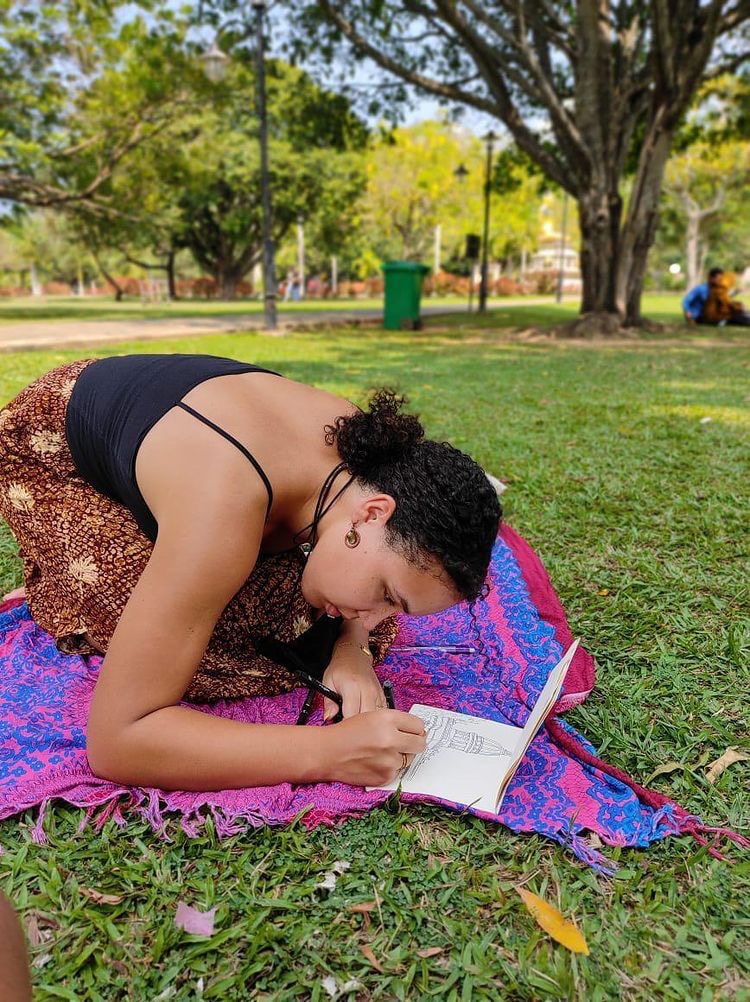Chaing Mai (เชียงใหม่) is famous for its delicious Khao Soi, verdant mountains, and ancient temples (or wats). The charming old city is overflowing with golden tinged, high-arching wats tucked into back streets and framing the moat enclosed square. Climb nearly 6,000 feet and you’ll find the dazzling golden peak of Wat Doi Suthep glistening in the sun. Venture to Wat Suan Dok and you’ll weave through dozens of ivory-colored sculptures, tiny palaces for the remains of royal family members, before arriving at the bell shaped chedi. Unbeknownst to many travelers, these wats contain the sacred Buddha relics.
Recently, a friend confessed to me that she always felt a bit guilty about taking photos of temples. “It’s a place of holy worship,” she said. “Is it right to use it for tourist pics?”
When I first moved to Chiang Mai, its famed temples were nothing more to me than decorative remnants of an outdated lifestyle. I marveled at their beauty yet took no interest in Chiang Mai’s rich history as a religious center. However, over the past few months, I’ve encountered a thriving community of spiritual seekers and healers who glimpse the true essence of Chiang Mai: its feminine, ethereal spirit.
Chiang Mai is an energy vortex located along one of the Earth’s chakras. Its hot springs for instance are believed to have special healing properties. For this reason, Chiang Mai attracts healers from all over the world. It is home to Buddhists practitioners, interfaith believers, dedicated meditators, yogis, and crystal yielding energy healers of numerous modalities.
I love my home in Chiang Mai: a beautiful house carved from recycled wood and situated on a verdant, open field. I love riding my motorbike and hiking the majestic mountains cradling the city. I enjoy the flavorful food and bright attractions. However, what’s been most meaningful to me is learning about the different beliefs and spiritual practices of Chiang Mai’s spiritually vibrant, eclectic inhabitants. Often, our beliefs differ in significant ways and I still find myself doubting what I have not experienced firsthand but I’m also more open and curious than I have ever been.
For my birthday, I joined a five day retreat focusing on the study and practice of Tibetan philosophy, Buddhist Samatha and Vipassana meditation, and therapeutic Qi Gong: a traditional Chinese technique dating back 4,000 years that is often understood – too simplistically – as Asian yoga. I’ll admit I was a bit skeptical when we first began practicing Qi Gong. On the surface, it looked to me like people flailing their arms in slow motion. But around the second or third day, I began to feel the electricity that the teacher had been speaking of. The buzzing sensation grew stronger as I brought my hands nearer and dissipated as I drew them apart.
This experience and many more led me to participate in a Reiki training workshop last month where I was certified as a level 2 Reiki practitioner. Reiki is a Japanese healing technique that harnesses universal life force energy – much like Qi Gong – in order to facilitate physical and emotional healing. When I practice Reiki, I visualize a light spinning and expanding between my hands. I feel the heat growing. My palms and fingers become alive with a sensation wholly unique.
Some might consider these experiences bizarre flukes of an overactive imagination or altogether frightening but for me, it’s been nothing less than cathartic. I remember my father instructing me, when I was a little girl, to cup my hands and focus on the space between them. “Can you feel it?” he’d ask me enthusiastically. I’d scoff in frustration, “feel what?!” It is only since moving to Chiang Mai that I’ve connected with the energy that has always been within me. Called “Qi or Chi” in China and “Ki” in Japan, my father was speaking of the eternal life force energy permeating all existence. Finally, I can answer my Baba, “I feel it!”, with reverent enthusiasm.


